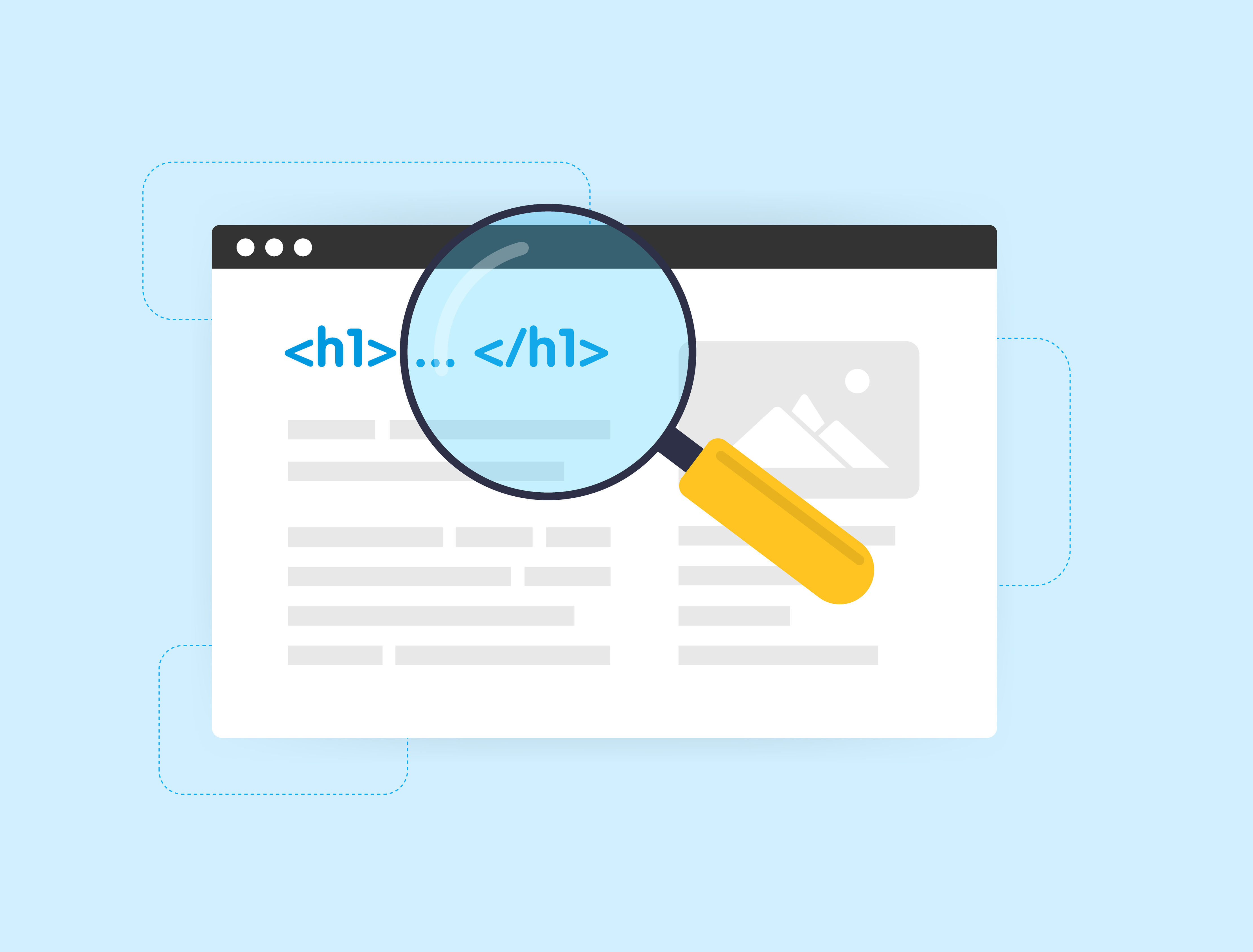A web accessibility audit is a vital service for organizations aiming to make their digital platforms accessible and compliant with standards such as WCAG (Web Content Accessibility Guidelines) and Section 508. Here's a comprehensive outline of the process, which helps businesses ensure that their websites or applications meet legal and user requirements for accessibility:
Web Accessibility Audit Process
- Initial Assessment
The process begins with a thorough assessment to identify accessibility issues. This includes both automated tools and manual testing by experts to uncover barriers that might affect users with disabilities. Manual auditing covers every element of the website, from content structure to navigation, to ensure WCAG compliance. - VPAT and Accessibility Conformance Report (ACR)
A Voluntary Product Accessibility Template (VPAT) is created, documenting the current level of conformance with WCAG, Section 508, and other relevant standards. This is then expanded into an Accessibility Conformance Report (ACR), providing detailed findings and outlining areas that need improvement. - Compliance Reporting
Detailed reports are generated based on the audit, highlighting specific areas where the website meets or falls short of accessibility guidelines. These compliance reports are essential for organizations that need to demonstrate legal compliance, especially for government contracts or federally funded projects. - Remediation Plan
After identifying accessibility issues, a remediation plan is crafted to prioritize fixes. This could range from simple design tweaks to more complex coding adjustments. The remediation phase aims to eliminate barriers and ensure an accessible experience for all users. - Ongoing Monitoring and Support
Post-remediation, ongoing monitoring is essential. Accessibility is not a one-time task but requires regular updates and checks to maintain compliance, especially as websites evolve. Many agencies offer ongoing support to keep VPATs up-to-date as progress is made in remediating issues. Accessible Web
This process ensures that organizations not only comply with accessibility laws but also provide a better user experience for all. It is especially important for those in sectors like education, government, and healthcare where accessibility is legally mandated.


